I am using Navigation from Android Jetpack to navigate between screens. Now I want to set startDestination dynamically.
I have an Activity named MainActivity And two Fragments, FragmentA & FragmentB.
var isAllSetUp : Boolean = // It is dynamic and I’m getting this from Preferences.
If(isAllSetUp)
{
// show FragmentA
}
else
{
//show FragmentB
}
I want to set above flow using Navigation Architecture Component. Currently I have used startDestionation as below but it’s not fulfilling my requirement.
<navigation xmlns:android="http://schemas.android.com/apk/res/android"
xmlns:app="http://schemas.android.com/apk/res-auto"
xmlns:tools="http://schemas.android.com/tools"
android:id="@+id/lrf_navigation"
app:startDestination="@id/fragmentA">
<fragment
android:id="@+id/fragmentA"
android:name="com.mindinventory.FragmentA"
android:label="fragment_a"
tools:layout="@layout/fragment_a" />
</navigation>
Is it possible to set startDestination conditionally using Android Navigation Architecture Component?
